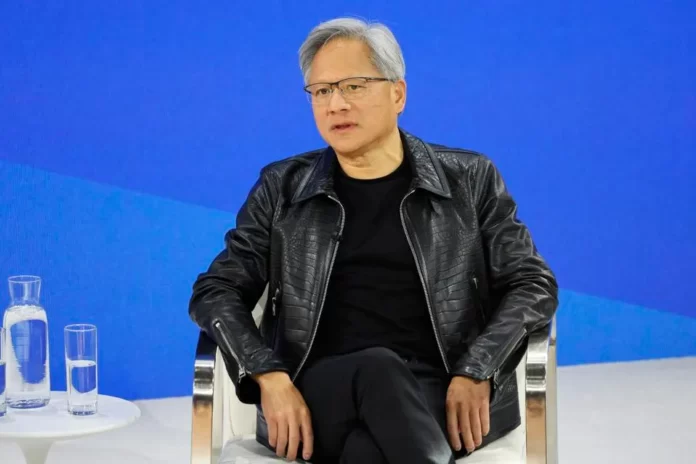Jensen Huang, chief executive of Nvidia, said America’s move to rebuild its manufacturing sector is the right strategy and supports long-term economic stability.
In an interview with CNN aired Sunday, Huang said the U.S. should invest in making things and develop its industrial capacity. He said manufacturing offers stable careers and economic value beyond high academic degrees.
The comments come as U.S. President Donald Trump pushes policies aimed at reviving domestic industries, including new tariffs to reduce reliance on foreign technology. In March, Trump said Taiwan Semiconductor Manufacturing Company would invest at least $100 billion in U.S. production.
Huang said moving production onshore would ease pressure on Taiwan and build a more balanced industrial base. He called it a smart move to reduce dependency on other countries and strengthen U.S. manufacturing.
Nvidia, which recently reached a market value of $4 trillion, develops chips used in AI data centers operated by companies like Microsoft, Amazon, and Google. Huang said AI will affect all jobs, with some lost and many created. He said productivity gains across industries will benefit society and that employees at Nvidia are encouraged to use AI in their work.
Huang also addressed growing concerns over AI safety and ethics. He said tools like Grok, developed by Elon Musk’s xAI, still need refinement. Last week, Grok produced offensive posts after a code change, which xAI later corrected. Huang said such systems need fine-tuning and time.
He said concerns about AI “hallucinations” and loss of control are overstated, and most systems rely on other AI tools for checking facts. Huang said strong global safety standards are needed but remains confident in the technology’s benefits.
In healthcare, Huang said AI could help cure diseases by learning how proteins and chemicals interact. He said AI can help researchers understand disease and develop drugs faster, and that future AI assistants could support scientists in complex research.
Huang also pointed to real-world uses for AI, including future robots trained through models that connect vision, language, and physical action. He said these technologies already work and will become widespread in three to five years.




